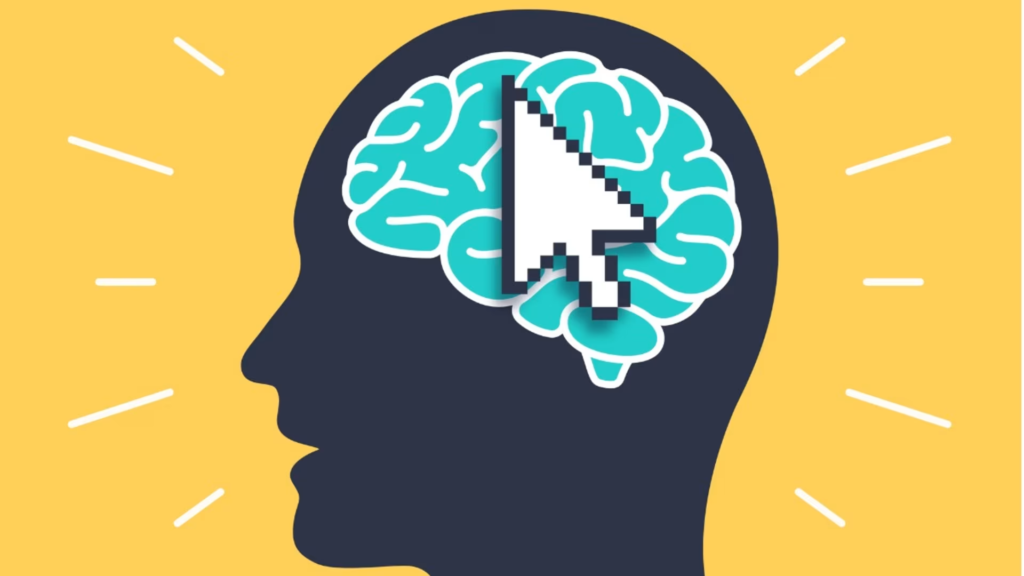The Invisible Architect: Unveiling the Psychology Behind User Interface and User Experience Design
In our increasingly digital world, the screens we interact with daily have become extensions of ourselves. From the intuitive swipe on a smartphone to the seamless navigation of a complex software, the experiences we have with technology are profoundly shaped by the invisible architects of the digital realm: User Interface (UI) and User Experience (UX) designers. While often used interchangeably, these disciplines are deeply intertwined and fundamentally rooted in the principles of psychology. Understanding the cognitive processes, emotional responses, and behavioral patterns of users is not merely a beneficial skill for designers; it is the very foundation upon which effective and engaging digital products are built.

The Visual Language of UI: Guided by Perception
At its core, UI design focuses on the aesthetic and interactive elements of a digital interface. It is the art of arranging visual components – buttons, icons, typography, color palettes – in a way that is not only visually appealing but also functional and easily understandable. Psychology plays a crucial role here in guiding decisions about visual perception. Gestalt principles, for instance, dictate how humans naturally group and interpret visual information. Designers leverage principles like proximity, similarity, closure, and figure-ground to create clear hierarchies and guide the user’s eye through the interface. A well-designed UI minimizes cognitive load by presenting information in a logical and predictable manner, allowing users to effortlessly navigate and accomplish their tasks. The strategic use of color psychology can also evoke specific emotions and associations, influencing user perception and behavior. A calming blue might be used for a healthcare app, while an energetic orange could be employed for a fitness platform.
Delving Deeper: UX and the Human Mind
However, a beautiful UI is merely a shell without a thoughtfully crafted UX. UX design delves deeper into the overall experience a user has while interacting with a product or service. It encompasses usability, accessibility, desirability, and value. Psychology informs UX design by providing insights into human cognition and behavior. Understanding the limitations of working memory, for example, encourages designers to break down complex tasks into smaller, manageable steps. Principles of behavioral economics, such as loss aversion and anchoring bias, can be subtly integrated to influence user decision-making in ethical and beneficial ways. Furthermore, understanding user motivation and goals is paramount. Through user research methods like interviews, surveys, and usability testing, UX designers gain valuable insights into user needs, pain points, and expectations. This empathetic approach allows them to design solutions that are not only functional but also truly address user needs and provide a sense of satisfaction.
The Symbiotic Relationship: UI, UX, and Psychological Harmony
The interplay between UI and UX, guided by psychological principles, is crucial for creating successful digital products. A visually stunning UI that is confusing or frustrating to use will ultimately lead to a negative user experience. Conversely, a highly functional but aesthetically unappealing interface might deter users from engaging with it in the first place. The ideal scenario is a harmonious blend where the visual design enhances usability and the underlying architecture supports a seamless and enjoyable user journey.
Psychological Principles in Action: An E-commerce Example
Consider the design of an e-commerce website. A well-designed UI will feature clear product categorization, high-quality images, and intuitive navigation. However, a strong UX will ensure a smooth checkout process, transparent shipping information, and helpful customer support. Psychological principles underpin both aspects. For instance, the UI might use visual cues to highlight calls to action (e.g., a brightly colored “Add to Cart” button), leveraging the Von Restorff effect (isolation effect) to draw attention. The UX, on the other hand, might employ progress indicators during the checkout process to reduce anxiety and provide a sense of control, tapping into the psychological need for feedback and transparency.
Conclusion: Designing for the Human Element
In conclusion, the design of effective user interfaces and compelling user experiences is far more than just a matter of aesthetics or technical functionality. It is a deeply psychological endeavor that requires a profound understanding of how humans perceive, think, feel, and behave. By grounding their design decisions in psychological principles, UI and UX designers act as invisible architects, shaping our digital interactions and ultimately influencing our perceptions and experiences with the technology that permeates our lives. As technology continues to evolve, the importance of this psychological lens in design will only grow, ensuring that the digital world remains a user-centric and human-friendly space.




















